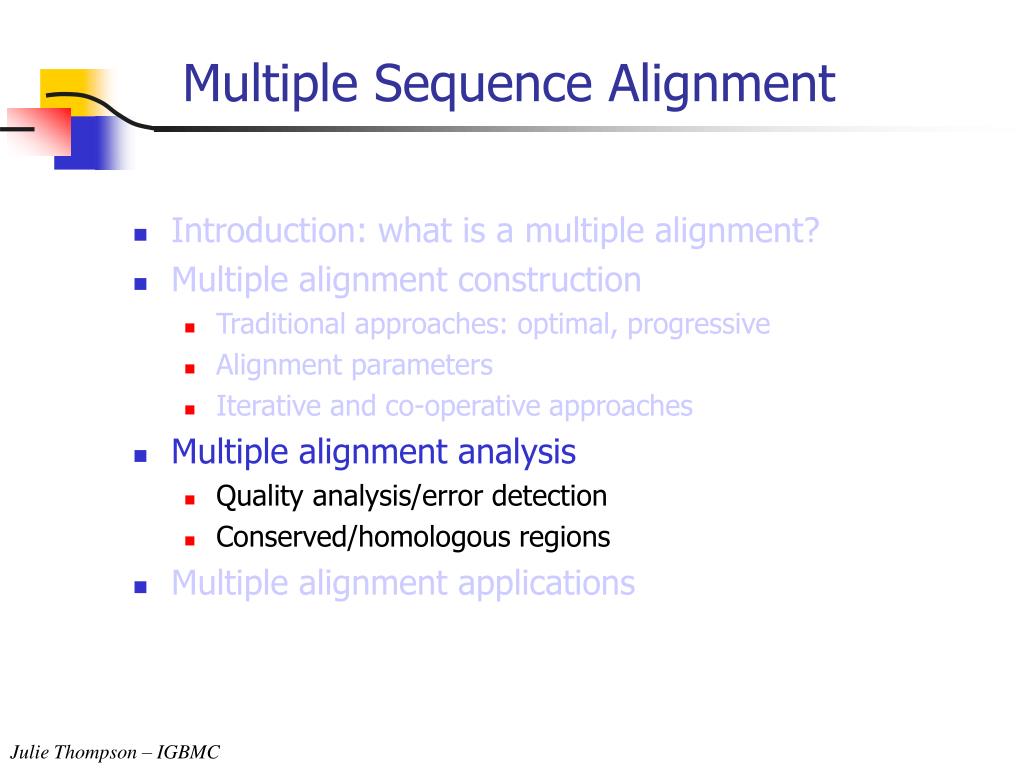

MULTIPLE ALIGNMENT PRO
(1997) Gapped BLAST and PSI-BLAST: a new generation of protein database search pro grams. A., Zhang, J., Zhang, Z., Miller, W., and Lipman, D. Nucleic Acids Res 27, 573–80.Īltschul, S. (1999) Tandem repeats finder: a program to analyze DNA sequences. (2003) Human-mouse alignments with BLASTZ. J., Smit, A., Zhang, Z., Baertsch, R., Hardison, R. (1987) Profile analysis: detection of distantly related proteins. (1988) Optimal alignments in linear space. (1998) Generalized affine gap costs for protein sequence alignment. Comput Appl Biosci 8, 275–82.Īltschul, S. (1992) The rapid generation of mutation data matrices from protein sequences. (1988) CLUSTAL: a package for performing multiple sequence alignment on a microcomputer. (2000) T-coffee: a novel method for fast and accurate multiple sequence alignment. (1998) COFFEE: an objective function for multiple sequence alignments. (1990) Consistency of optimal sequence alignments. (1989) A fast and sensitive multiple sequence alignment algorithm. (1995) Comprehensive study on iterative algorithms of multiple sequence alignment. Hirosawa, M., Totoki, Y., Hoshida, M., and Ishikawa, M. (1996) Significant improvement in accuracy of multiple protein sequence alignments by iterative refinement as assessed by reference to structural alignments. (1995) A weighting system and algorithm for aligning many phylogenetically related sequences. (1994) Further improvement in methods of group-to-group sequence alignment with generalized profile operations. (1996) Saga: sequence alignment by genetic algorithm. (1993) Multiple sequence alignment by parallel simulated annealing. Ishikawa, M., Toya, T., Hoshida, M., Nitta, K., Ogiwara, A., and Kanehisa, M. (1993) Optimal alignment between groups of sequences and its application to multiple sequence alignment. (1991) A novel randomized iterative strategy for aligning multiple protein sequences. confidence levels from tertiary structure comparisons. (1987) A strategy for the rapid multiple alignment of protein sequences. (2007) Parttree: an algorithm to build an approximate tree from a large number of unaligned sequences. (1994) CLUSTAL W: improving the sensitivity of progressive multiple sequence alignment through sequence weighting, position-specific gap penalties and weight matrix choice. (1987) Progressive sequence alignment as a prerequisite to correct phylogenetic trees. (1982) An improved algorithm for matching biological sequences. (1981) Identification of common molecular subsequences. (1970) A general method applicable to the search for similarities in the amino acid sequence of two proteins. (2004) Mauve: multiple alignment of conserved genomic sequence with rearrangements. (2004) Aligning multiple genomic sequences with the threaded blockset aligner. M., Baertsch, R., Rosenbloom, K., Clawson, H., Green, E. (2007) DNA reference alignment benchmarks based on tertiary structure of encoded proteins. Algorithms Mol Biol 1, 19.Ĭarroll, H., Beckstead, W., O’connor, T., Ebbert, M., Clement, M., Snell, Q., and McClellan, D. (2006) An enhanced RNA alignment benchmark for sequence alignment programs. (2005) MAFFT version 5: improvement in accuracy of multiple sequence alignment. Katoh, K., Kuma, K., Toh, H., and Miyata, T. (2002) MAFFT: a novel method for rapid multiple sequence alignment based on fast Fourier transform. Katoh, K., Misawa, K., Kuma, K., and Miyata, T. (2003) Leveraging the mouse genome for gene prediction in human: from whole-genome shotgun reads to a global synteny map. Proc Natl Acad Sci USA 74, 5088–90.įlicek, P., Keibler, E., Hu, P., Korf, I., and Brent, M. (1977) Phylogenetic structure of the prokaryotic domain: the primary kingdoms.


 0 kommentar(er)
0 kommentar(er)
